Flower
All Flower Content
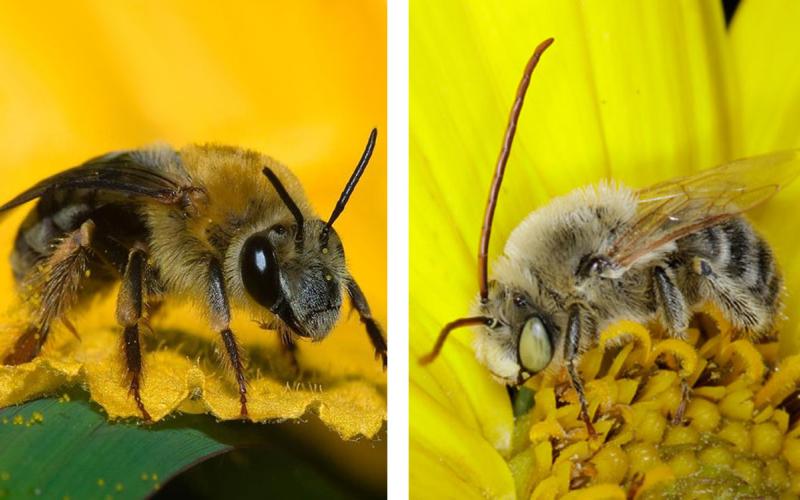
Beneficial Pollinators: Squash Bees and Long-Horned Bees
South Dakota is home to more than 400 species of native bees. In this article, we will highlight the squash bee and the long-horned bee, two beneficial native pollinators.
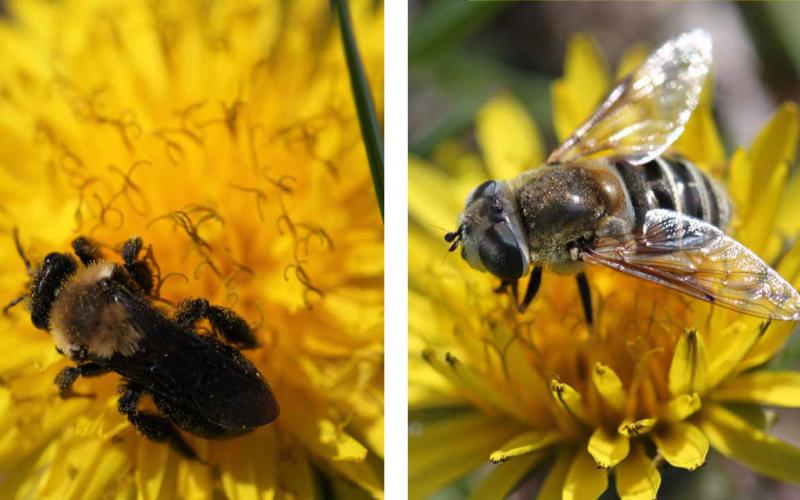
Should I Get Rid Of My Dandelions?
While there is much appeal to having a lawn that is free of other plants, there can be benefits. Some weeds that are sprayed out of lawns, including dandelions, can serve as early-season food sources for pollinators.
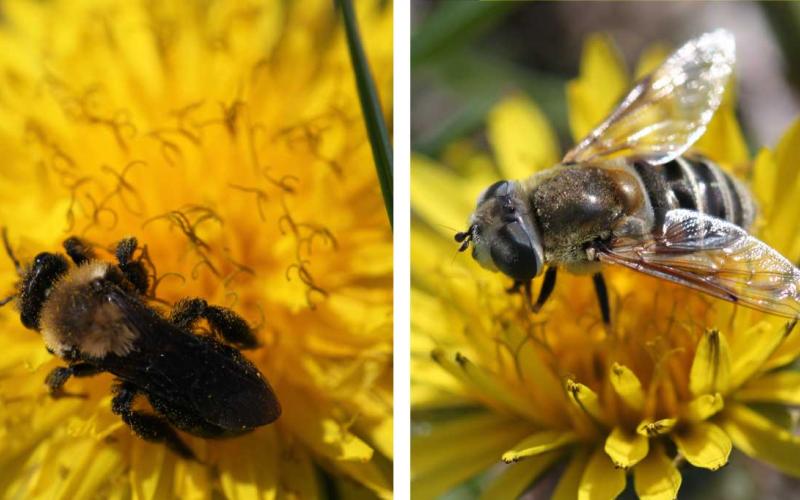
Why Those Dandelions in Your Yard Aren’t So Bad
While research has shown that pollinators, specifically honey bees, can’t survive on dandelion pollen alone, this doesn’t mean that the dandelions aren’t still important for pollinators.
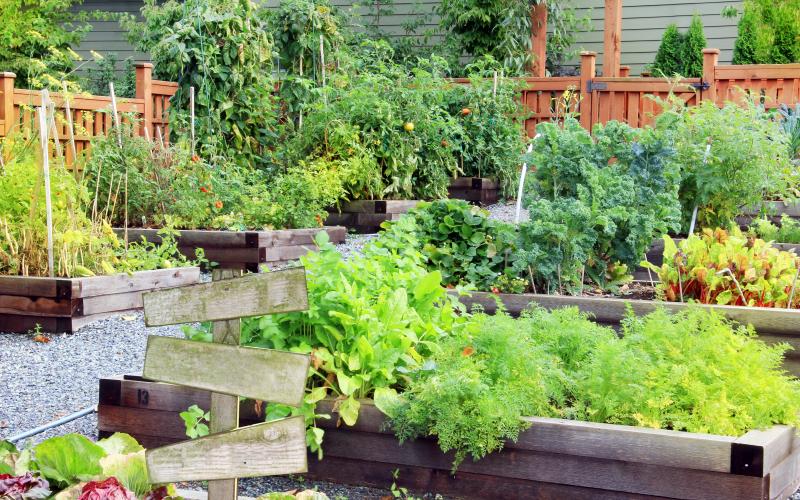
Fertilizing Gardens in South Dakota
Publication about fertilizing gardens in South Dakota

McCrory Gardens Trial Report
Trial reports for McCrory Gardens
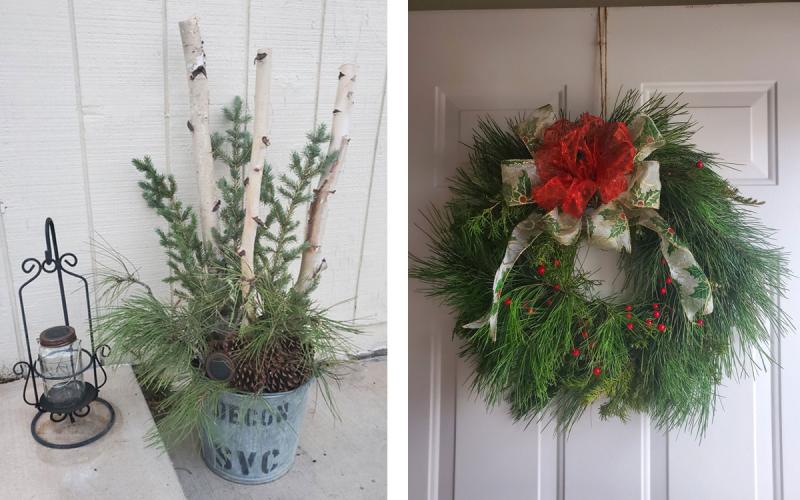
Create Your Own Holiday Greenery This Season!
If you’re already itching to get back into the garden, holiday-themed pots and wreaths can add a fresh touch to the season and bring a little natural cheer to the holidays!

Cultural History of the Christmas Tree and Poinsettia (Cuetlaxochitl)
Christmas trees and poinsettias are the two plants that symbolize the Christmas season, but why do these plants hold that place that? And where did the association with Christmas originate?

SDSU Extension publishes zinnia research for cut flower producers
October 18, 2024
Kristine Lang, assistant professor and SDSU Extension Consumer Horticulture Specialist, managed the research trials. Over two years, Lang and her team monitored the growth and quality of four popular zinnia varieties: Zinderella Peach, Oklahoma Ivory, Queen Red Lime and Benary’s Giant Purple.

Growth and Quality of Four Zinnia Cultivars Grown in Eastern South Dakota
The purpose of this study was to assess the production and quality of four zinnia cultivars grown in eastern South Dakota to support local specialty cut flower growers in their operations.
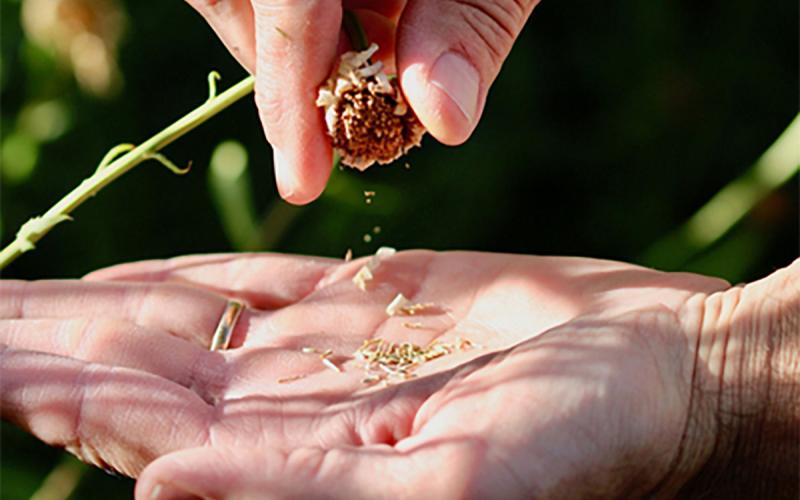
Saving Seed: Will the seed produce plants similar to the plant it was collected from?
It can be very rewarding to harvest and save seed of ornamental and vegetable plants. But why is it that sometimes when we plant the seed we saved, the results do not seem to be very like the plant we collected the seed from?